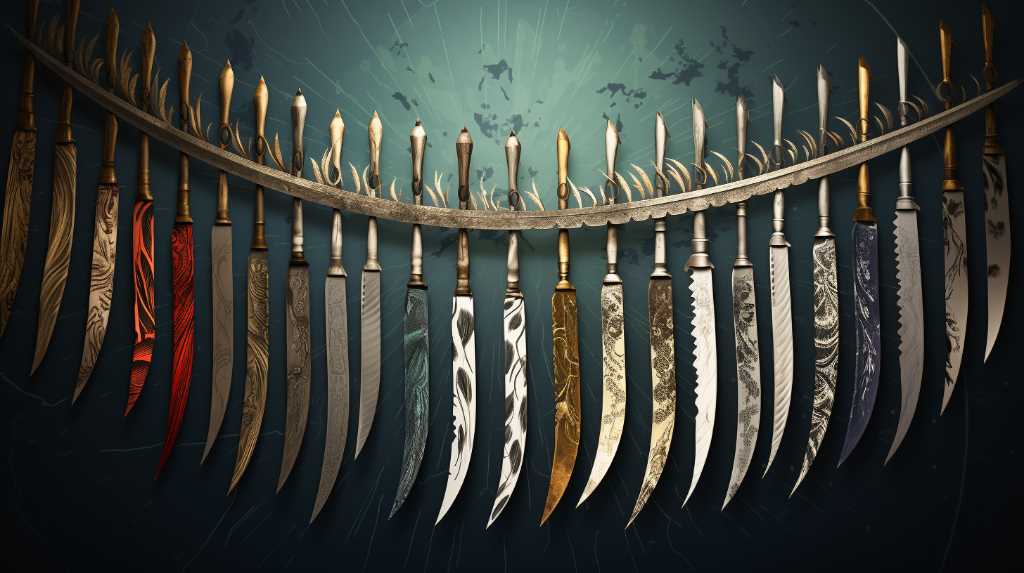
In the world of knife throwing, history becomes a canvas upon which a myriad of styles and techniques have been painted. Like a master artist wielding a brush, practitioners of this ancient art form have left their mark across the ages.
From the battlefields of medieval Europe to the silver screen of Hollywood, knife throwing has captivated audiences and inspired awe.
Join us on a journey through time as we explore the historical background and diverse styles that have shaped the art of knife throwing.
Key Takeaways
- Knife throwing has a long history, dating back at least 5,000 years and being practiced by ancient civilizations such as the Egyptians, Greeks, Romans, and Chinese.
- Knife throwing served both practical and entertainment purposes throughout history, being used as a combat skill, a form of entertainment in arenas and amphitheaters, and incorporated into martial arts training.
- Knife throwing techniques include the no-spin, half-spin, and full-spin techniques, each requiring different skills and precision.
- Knife throwing has evolved into modern sporting competitions, with international tournaments showcasing different styles and judging based on accuracy, consistency, and difficulty.
The Ancient Origins of Knife Throwing

In tracing the ancient origins of knife throwing, it is evident that this skillful art form has been practiced since the earliest civilizations, dating back to at least 5,000 years ago.
Ancient Egyptians, Greeks, Romans, and Chinese all had their own versions of knife throwing, incorporating it into their rituals, entertainment, and military training.
The Egyptians used throwing knives in religious ceremonies, believing that the skillful aim of the thrower could bring blessings and ward off evil spirits.
The Greeks and Romans, on the other hand, saw knife throwing as a form of entertainment, often performed in arenas and amphitheaters.
Chinese martial arts also included knife throwing as a training method, developing various techniques and styles to enhance the accuracy and precision of the throw.
Throughout history, knife throwing has evolved and adapted, becoming a popular sport and a captivating art form that continues to fascinate and captivate audiences today.
Knife Throwing in Medieval Times
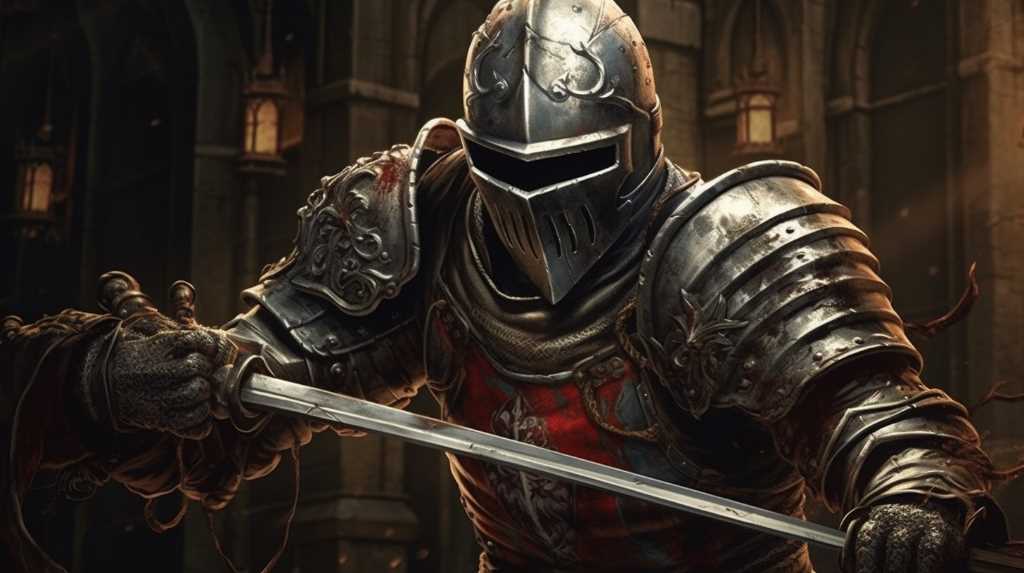
Knife throwing in medieval times had multiple facets, serving both practical and entertainment purposes while demanding discipline and skill. It was a prevalent practice during this period, commonly used in combat and as a form of entertainment. Here are three key aspects of knife throwing during medieval times:
- Combat Skill: Knife throwing was an essential skill for warriors. It provided a way to attack from a distance and catch opponents off guard. Skilled knife throwers could incapacitate or even kill their enemies with well-aimed throws.
- Entertainment: Knife throwing also served as a popular form of entertainment. Performers would showcase their accuracy and precision by hurling knives at targets or even at human volunteers. Spectators would marvel at the skill and bravery of these performers.
- Training and Discipline: Knife throwing was part of the training regimen for knights and soldiers. It required focus, hand-eye coordination, and discipline. By practicing knife throwing, warriors honed their aim and concentration, making them more effective in combat.
Overall, knife throwing in medieval times was a multifaceted practice. It served both practical and entertainment purposes, while demanding discipline and skill.
Knife Throwing in Renaissance Europe

How did the practice of knife throwing evolve and adapt in Renaissance Europe, and what were the key factors that influenced its popularity during this period?
Knife throwing in Renaissance Europe saw significant advancements and changes compared to its medieval counterpart. The art form developed into a more refined and sophisticated discipline, with a variety of styles and techniques emerging. One key factor that influenced the popularity of knife throwing during this period was the rise of traveling shows and performances.
Knife throwers began to entertain audiences with their impressive skills, captivating spectators and garnering a loyal following. Additionally, the growing interest in martial arts and self-defense during the Renaissance contributed to the popularity of knife throwing, as it was seen as a valuable skill for both combat and personal protection.
The practice also benefited from advancements in metallurgy and blade-making techniques, allowing for more precise and balanced throwing knives. Overall, the combination of entertainment value, practical applications, and technological advancements propelled knife throwing to new heights of popularity in Renaissance Europe.
Knife Throwing in Native American Cultures

Frequently practiced as a traditional skill among various Native American cultures, knife throwing showcases the dexterity and precision of its practitioners. This ancient art form has been passed down through generations, serving not only as a means of self-defense but also as a form of entertainment and spiritual practice.
Here are three key aspects of knife throwing in Native American cultures:
- Ritual significance: Knife throwing was often performed during religious ceremonies and tribal gatherings, symbolizing the warrior's skill and connection to the spirit world.
- Technique and training: Native American knife throwers honed their skills through years of practice and mentorship, developing incredible accuracy and control over their throws.
- Cultural diversity: Different tribes had distinct styles and techniques of knife throwing, reflecting their unique cultural traditions and regional influences.
Knife Throwing in Asian Martial Arts
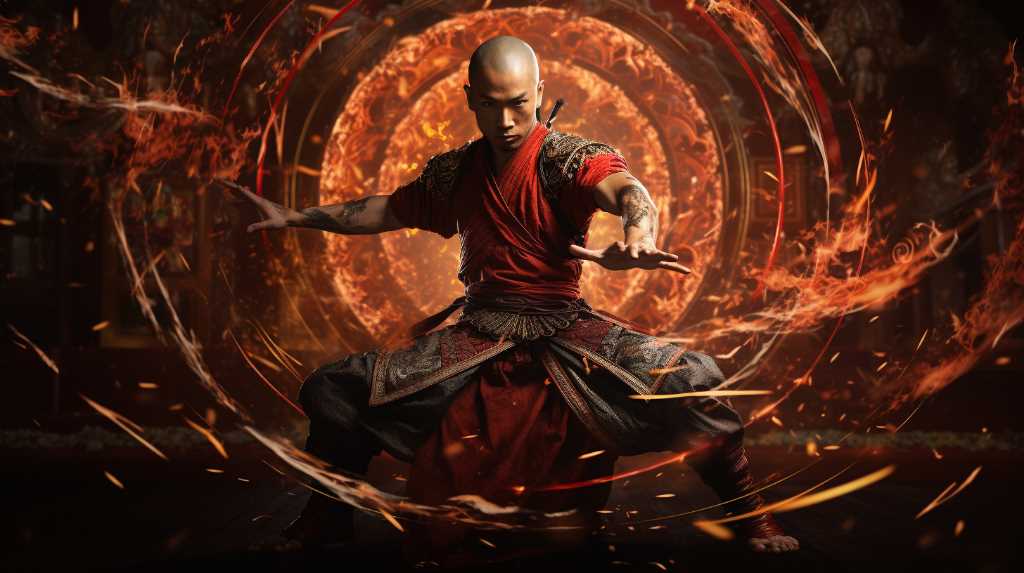
Asian martial arts incorporate knife throwing as a fundamental element, showcasing the intricate techniques and strategic precision required for this advanced skill. Knife throwing, also known as knife art or knife combat, has been practiced in various Asian cultures for centuries.
In Japan, knife throwing is a part of the martial art of shurikenjutsu, which focuses on the mastery of throwing various types of bladed weapons. The techniques involve precise hand-eye coordination, body positioning, and controlled release of the knife to ensure accuracy and effectiveness.
In China, knife throwing is a component of the martial art of Baguazhang, which emphasizes circular movements and quick reflexes. The goal is not only to hit the target but also to develop heightened awareness and concentration.
In Southeast Asia, particularly in the Philippines, knife throwing is practiced as part of the martial art of Eskrima or Arnis. Here, practitioners learn not only how to throw knives but also how to defend against them.
Overall, knife throwing in Asian martial arts is a skill that requires discipline, patience, and a deep understanding of the weapon's dynamics and the human body. By mastering this advanced skill, practitioners can develop heightened concentration, focus, and precision, contributing to their overall liberation in martial arts.
Knife Throwing in Circus and Vaudeville Acts
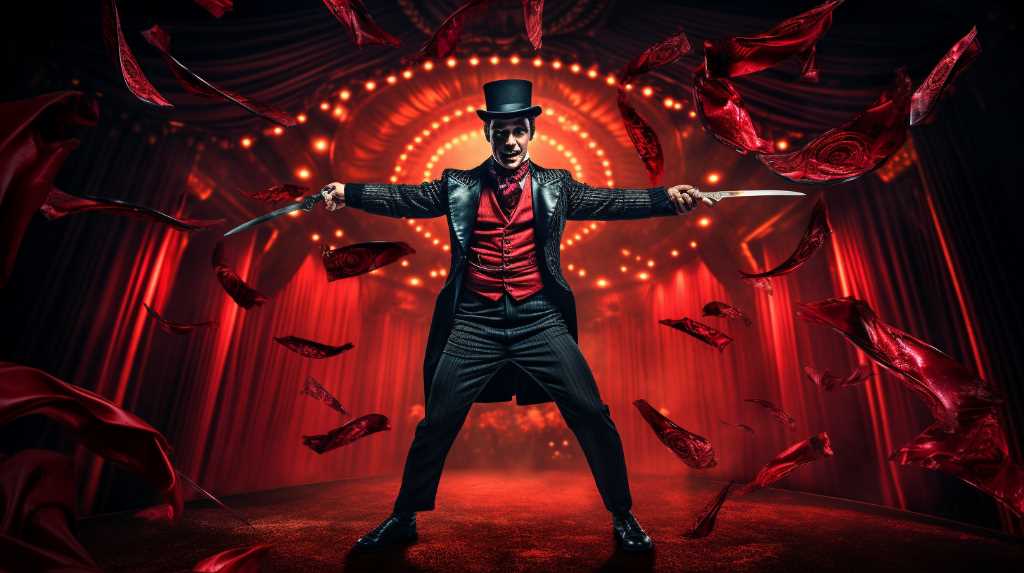
The use of knife throwing in circus and vaudeville acts has been a captivating and daring spectacle for audiences throughout history. This thrilling skill requires precision, coordination, and a deep understanding of the art form. Here are three fascinating aspects of knife throwing in circus and vaudeville acts:
- The art of knife throwing: Knife throwing is not just about throwing a knife at a target. It involves mastering various techniques, such as the no-spin technique, the half-spin technique, and the full-spin technique. Each technique requires different skills and precision.
- Danger and spectacle: Knife throwing acts in circus and vaudeville performances are known for their element of danger. The act of throwing sharp objects at high speed creates an adrenaline-fueled experience for both the performers and the audience. It's the perfect combination of skill and excitement.
- Collaboration and trust: Knife throwing acts often involve a collaboration between the thrower and the target. The target must have complete trust in the thrower's abilities, as any miscalculation could result in serious injury. This level of trust and teamwork adds an extra layer of excitement and suspense to the performance.
Knife throwing in circus and vaudeville acts continues to captivate audiences today, showcasing the extraordinary skill and bravery of the performers.
Knife Throwing in Modern Sporting Competitions
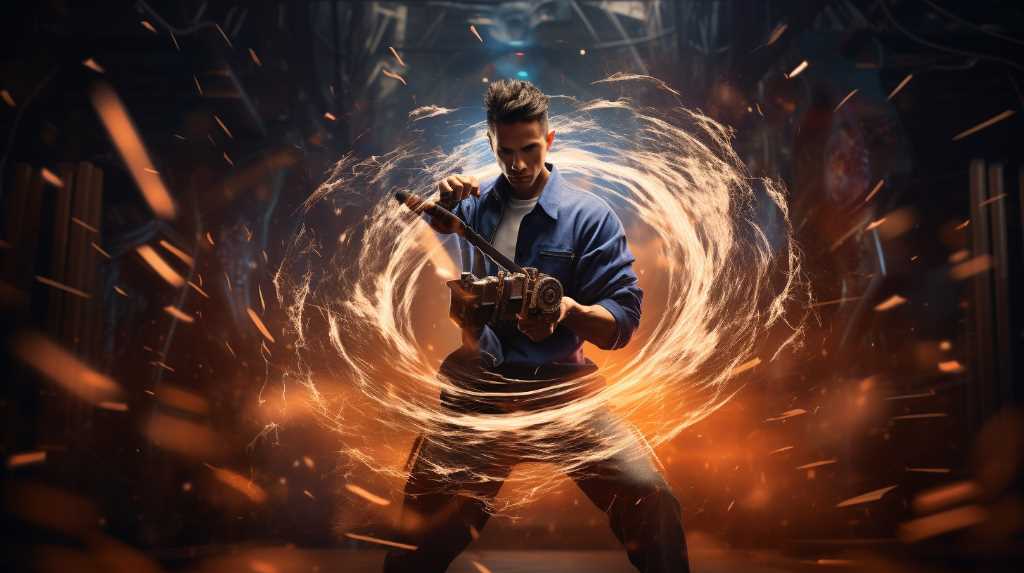
Several international knife throwing tournaments have emerged in recent years, showcasing the growing popularity and skill level of knife throwing in modern sporting competitions.
Knife throwing, once considered a form of entertainment or self-defense, has evolved into a competitive sport that requires precision, technique, and focus.
These tournaments attract participants from all over the world, who showcase their skills in various styles of knife throwing, such as no-spin, rotational, and instinctive throwing.
Competitors are judged based on accuracy, consistency, and difficulty of throws, with points awarded for hitting specific targets or achieving specific patterns.
The popularity of knife throwing in modern sporting competitions not only highlights the skill and dedication of the participants but also serves as a platform for the promotion and development of this ancient art form in the modern world.
Knife Throwing in Hollywood Films

Although it is often portrayed as a thrilling and dangerous skill, knife throwing in Hollywood films is often executed with the use of special effects and stunt doubles. The art of knife throwing requires precision, skill, and years of practice to master. However, in the world of Hollywood, where safety is paramount, filmmakers opt for safer alternatives to achieve the desired effect.
Here are three reasons why knife throwing in Hollywood films is often not as dangerous as it appears:
- Special Effects: Knife throwing scenes are often enhanced with CGI or other special effects to create a more visually stunning and realistic experience for the audience.
- Stunt Doubles: Professional stunt doubles are frequently used in knife throwing sequences to ensure the safety of the actors. These highly trained individuals are skilled in performing dangerous stunts while minimizing the risk of injury.
- Prop Knives: In many cases, the knives used in Hollywood films are props specifically designed for safety. These knives are often made from rubber or other soft materials to prevent injuries during filming.
While knife throwing may appear thrilling on the big screen, it is important to remember that the safety of the actors and crew always comes first in the world of Hollywood filmmaking.
Knife Throwing as a Survival Skill
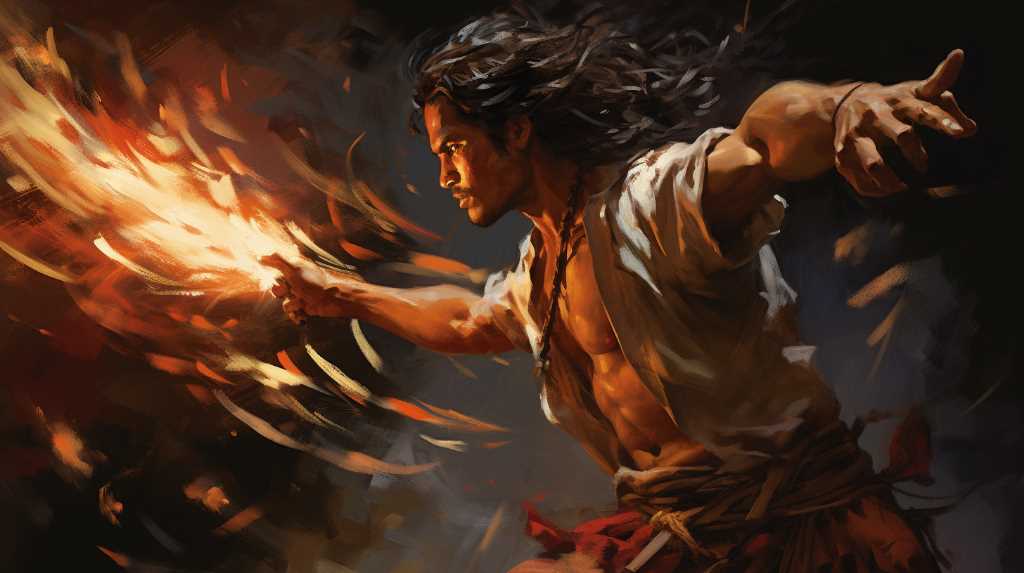
In the realm of survival skills, knife throwing can prove to be a valuable asset due to its potential for hunting, self-defense, and tool-making capabilities.
Knife throwing is not just a form of entertainment or a circus act; it has deep roots in human history and has been used as a practical skill for centuries.
In terms of hunting, knife throwing can be an effective way to take down small game, providing a reliable source of food in survival situations.
Additionally, it can serve as a means of self-defense, allowing individuals to incapacitate or deter an attacker from a distance.
Moreover, knife throwing can be utilized in tool-making, as a well-thrown knife can be used to cut branches, make traps, and fashion other useful implements.
Thus, mastering the art of knife throwing can be a valuable asset in a variety of survival scenarios.
Knife Throwing as a Contemporary Art Form
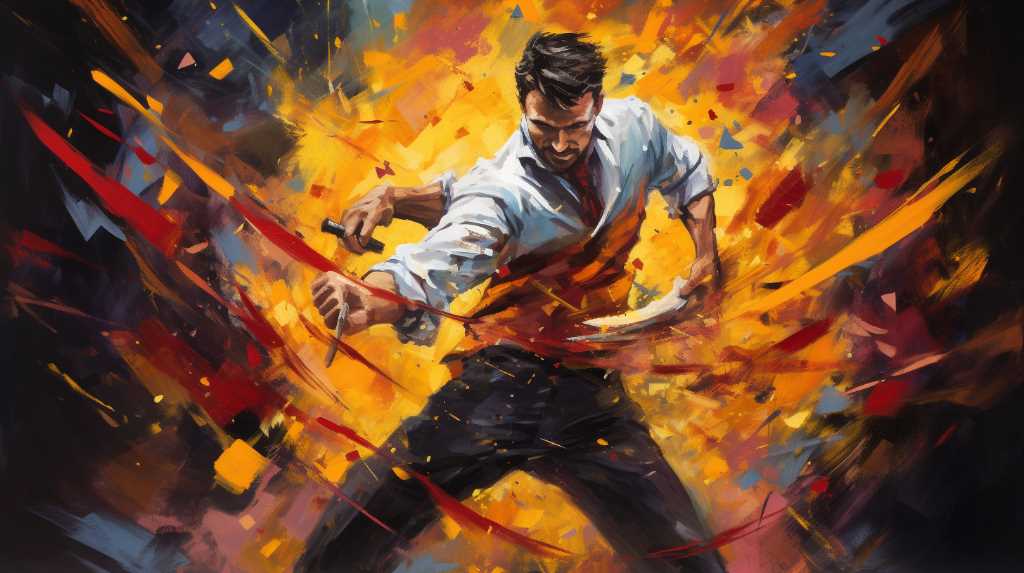
Notably, knife throwing has increasingly gained recognition as a contemporary art form, as skilled practitioners seamlessly combine precision, creativity, and showmanship to captivate audiences worldwide. This unique skill has evolved from a survival technique to a form of entertainment that pushes the boundaries of human capability.
Here are three reasons why knife throwing has become a captivating contemporary art form:
- Precision: Knife throwers must possess exceptional hand-eye coordination and accuracy to hit their target consistently. This level of precision demonstrates the mastery of their craft and adds an element of suspense and excitement to their performances.
- Creativity: Knife throwing artists have embraced innovation and creativity by incorporating various styles and techniques into their routines. They experiment with different throwing methods, distances, and even incorporate props to create visually stunning displays that engage and mesmerize the audience.
- Showmanship: Knife throwing is not just about hitting a target; it's about creating a captivating and memorable experience for the audience. Performers use choreography, music, and theatrical elements to elevate their acts and leave a lasting impression on spectators.
Overall, knife throwing as a contemporary art form combines skill, creativity, and showmanship to deliver a thrilling and awe-inspiring performance that continues to gain popularity worldwide.
Frequently Asked Questions
What Are the Different Types of Knives Used in Knife Throwing?
There are several types of knives used in knife throwing, each with its own unique characteristics. These include throwing knives, throwing hatchets, kunai knives, and Bowie knives. Each knife has different weight distribution and design, affecting its throwing capabilities.
How Can One Improve Their Accuracy and Technique in Knife Throwing?
To improve accuracy and technique in knife throwing, one should focus on proper grip, stance, and release. Regular practice, starting with shorter distances, and gradually increasing the distance can also help develop precision and consistency in throwing.
Are There Any Safety Precautions to Be Taken While Practicing Knife Throwing?
When practicing knife throwing, it is essential to prioritize safety. Precautions such as wearing protective gear, using a designated throwing area, and ensuring a clear range of sight are crucial to minimize the risk of accidents and injury.
Can Knife Throwing Be Considered a Form of Self-Defense?
Knife throwing can be considered a form of self-defense due to its ability to incapacitate an attacker from a distance. However, it should be noted that mastering this art requires extensive training and knowledge to ensure effectiveness and safety.
Are There Any Famous Knife Throwers in History or Present Times?
Yes, there have been famous knife throwers throughout history and in present times. These individuals have showcased their skills in various performances and demonstrations, solidifying their reputation as masters of the art of knife throwing.
Conclusion
In conclusion, the art of knife throwing has a rich and diverse history spanning across ancient civilizations, medieval times, Renaissance Europe, Native American cultures, Asian martial arts, modern sporting competitions, and Hollywood films.
It has evolved from a survival skill to a contemporary art form, showcasing the skill and precision of its practitioners. Through the ages, knife throwing has captivated audiences with its unique blend of danger and artistry, leaving a lasting impact on both the historical and cultural landscape.

